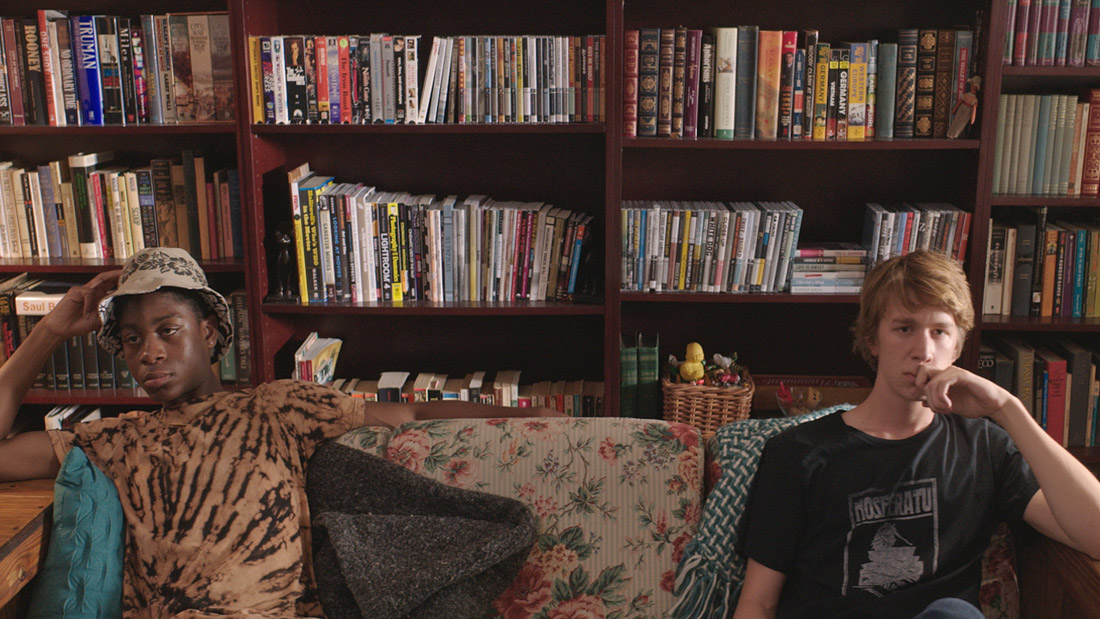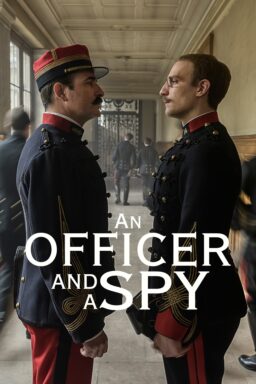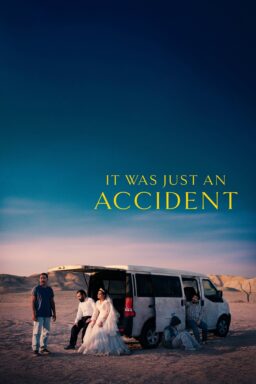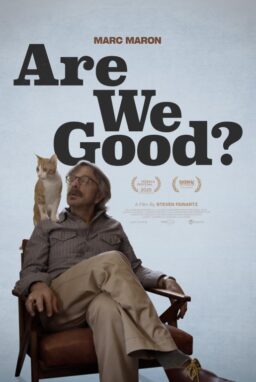One of the hottest tickets at this year’s Sundance film
festival was for a U.S. Dramatic Competition film that entered the event as an
under-the-radar offering and ended as the presumptive favorite to win the Grand
Jury Prize (and, even more likely, the Audience Award): “Me and Earl and the
Dying Girl,” a gorgeously conceived and executed variation on the teen weepie
that recalls “Rushmore” and references Werner Herzog while sharing emotional
DNA with “The Fault in Our Stars.” I know, weird, right? Yes, this is a special, odd movie, and it’s
the kind of unique experience that filmgoers will adore when it descends from
the mountains of Park City. “Me and Earl and the Dying Girl” is a stunning sum
of its parts: A tonal high-wire act by Jesse Andrews (who adapts his own book),
confident direction from “American Horror Story” vet Alfonso Gomez-Rejon, some
of the best cinematography of the fest courtesy of Chung-hoon Chung, a
breathtakingly perfect score from Brian Eno, and a strong ensemble from top to
bottom.
Greg Gaines (Thomas Mann) has built walls to protect himself
on the deadly journey through high school. He envisions his high school as not
just one that’s broken into cliques but practically functions as a series of
warring nations forced into coexistence. The cafeteria is Kandahar. And so Greg
mostly avoids as much of it as possible. He knows the right platitudes to hurl
at each clique (“Tests? Been there!”) as he passes it in the hall, remaining a favored nation without
really committing to anyone or anything. His only friend is a kid named Earl
(RJ Cyler), who he refers to more as a “co-worker” given that they make short
films together and avoid the high school social scene by hanging out in the
office of their history teacher (Jon Bernthal), watching “Burden of Dreams.”
About those movies that Greg and Earl make—they’re hysterical. The concept is
that they take a classic film, usually something they’ve seen through the
Criterion Collection, change the title into “something stupid” and then shoot
it. So, “Midnight Cowboy” becomes “2:48 Cowboy.” “Breathless” becomes “Breathe
Less.” I won’t even tell you what “Apocalypse Now” gets turned into or how “Rashomon”
becomes “Monorash.” Some of them are stop-motion animation, some are not—but Greg
keeps them largely to himself, another way to distance himself from kids his
own age.
The walls that Greg has put up around his life to keep real
emotion at bay crash when his mother (Connie Britton) forces him to hang out
with a relatively unpopular but sweet girl named Rachel (Olivia Cooke), who was
recently diagnosed with cancer. Greg reluctantly gives in, and a “doomed
friendship” begins. The film is constantly subtitling events like “The Part
Where I Panic Out of Sheer Awkwardness” and which day Greg and Rachel are in in
their doomed friendship. Although, as Greg constantly reminds us, this is not
the touching, romantic story you might expect from the opening act.
“Me and Earl and the Dying Girl” is more consistently clever than any film with teen characters of the last several years (with the possible exception of the great “Perks of Being a Wallflower”). It’s a film about a
young man who was raised on Herzog and the unique cuisine of his eccentric
father (Nick Offerman), who could have been a cynical, self-referential mess,
but Mann grounds him in something beautifully relatable. He uses his
intelligence as a shield, and it’s only when Rachel starts watching his films
and becoming his friends that every part of his defensive structure collapses. Greg,
Rachel and Earl are characters that Andrews and Gomez-Rejon clearly love, and
that love becomes infectious. We enjoy the time we spend with them, making the
final act of the film all the more heartbreaking. I’ve never heard a press
audience at Sundance more audibly emotional.
The narrative choices and strong performances would be
enough to make “Me and Earl” interesting on their own, but the movie rises to
something else most of all through Chung’s cinematography and Eno’s score.
Chung is Park Chan-wook’s most frequent collaborator, and he brings that
low-angle striking sense of composition that he did to projects like “Sympathy
For Lady Vengeance” and “Stoker” to a genre that almost never attempts a visual
language as daring as this film. Yes, it’s a teen weepie that looks amazing,
balancing foreground and background compositions in fascinating ways. There’s a
crucial scene between Rachel and Greg that is shot in such a unique way (with
her in the foreground, and him in the background, instead of traditional
shot-reverse-shot) that it becomes much more emotionally resonant than it
otherwise would. And the score is simply stunning, particularly in the way
Gomez-Rejon lets Eno go entirely loose in the final act, not just sticking with
traditional sweeping strings but finding something better and more effective.
Most teen tearjerkers send you out into the light feeling manipulated
and exhausted. Without spoiling anything, I’ll say that “Me and Earl and the
Dying Girl” had an opposite effect on me—it made me want to create. It’s a film that values
intelligence and artistic pursuits in young people, teaching us that it is how
we relate to one another and what we leave behind that really matters. It will
never make as much as a blockbuster like “Fault in Our Stars,” but those who
fall in love with this movie, and there will be many of those people, will hold
it dear to their heart for many years to come. Years after this Sundance has
closed, people will be sharing this film.












